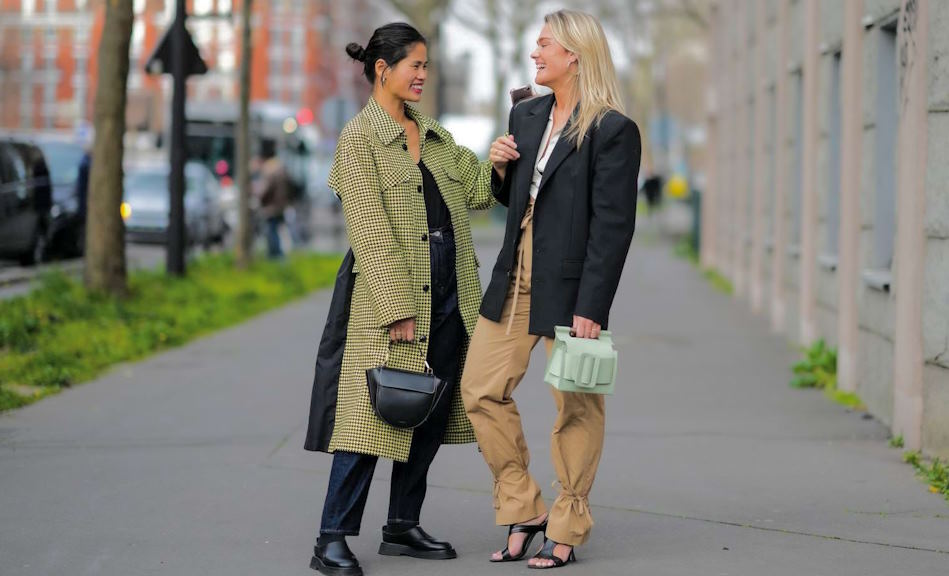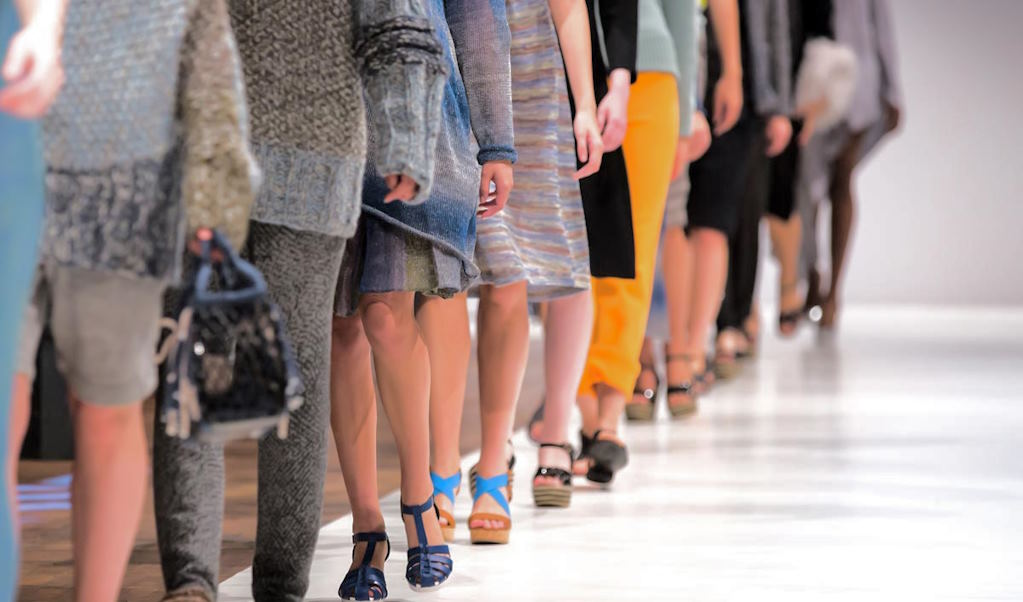Breaking the Rules: Fashion Taboos Worth Challenging
Fashion has long been a vehicle for expressing individuality, reflecting societal norms, and even pushing the boundaries of what’s considered acceptable. From the Victorian era’s strict dress codes to the vibrant counterculture movements of the 20th century, fashion has been a canvas for rebellion and redefinition. In today’s world, as we continue to challenge traditional norms and embrace diversity, it’s only natural that the concept of fashion taboos is also undergoing a transformation. As we explore the dynamic shifts in the fashion landscape, we uncover the empowering potential of embracing personal style while navigating the fine balance between breaking taboos and respecting sensitivities.
Fashion Taboos Worth Challenging
Breaking Color Conventions
Color has long held symbolic significance in fashion, often dictating how we perceive ourselves and others. Historical norms associated with colors have subtly shaped our choices, yet a new wave of individuals and brands are boldly challenging these conventions. The rich tapestry of color symbolism in fashion, ranging from purity to power, is undergoing a reinterpretation. Designers are embracing unconventional palettes, dismantling the age-old rules that once governed our closets.

Rethinking Body Positivity
The fashion industry’s portrayal of beauty has been historically narrow, promoting unrealistic standards that perpetuate negative body image. However, winds of change are blowing as body positivity movements and campaigns gain momentum. Fashion’s evolution towards inclusivity celebrates diversity and empowers individuals to embrace their bodies with pride. As we challenge the status quo, the runway is transforming into a platform for real bodies, real people, and real stories.
Mixing High and Low Fashion
Fashion’s dichotomy between luxury and affordability has been a steadfast boundary. Yet, today’s fashion enthusiasts are challenging this divide by seamlessly integrating high-end pieces with fast fashion finds. The result? A personalized, eclectic blend that showcases style isn’t confined by price tags but rather by creativity.
Experimenting with Cultural Appropriation
The fusion of cultures in fashion can be a double-edged sword. While cultural appropriation remains a concern, there are instances where borrowing elements respectfully and creatively can celebrate diversity and foster cross-cultural understanding. By acknowledging the nuances and history behind cultural motifs, fashion becomes a conduit for appreciation rather than exploitation.
Redefining Formal and Casual Wear
Gone are the days when formal wear and casual attire were neatly compartmentalized. The modern fashion landscape revels in blurring the lines between the two, creating a refreshing spectrum of styles. Unconventional trends challenge traditional distinctions, proving that elegance can be infused into everyday wear and comfort can elevate formal occasions.

Navigating Controversy and Respect
Addressing the Fine Line
Walking the tightrope between breaking fashion taboos and crossing into offensive territory requires finesse. While pushing boundaries is essential for evolution, it’s equally crucial to navigate with sensitivity. Challenging norms should spark dialogue, not distress. Recognizing the line between provocation and insensitivity ensures that fashion remains a catalyst for positive change.
Understanding History and Context
Context is the compass that guides our fashion choices. A deep understanding of the historical, cultural, and societal contexts behind taboo elements prevents misinterpretation and disrespect. Embracing traditional clothing from other cultures, for instance, becomes an act of appreciation when we’re well-versed in its significance.
Reinterpreting Taboo Elements
The success of breaking fashion taboos often lies in creative reinterpretation. Take the “corset,” once a symbol of oppressive beauty standards. Today, it’s been transformed into a statement of empowerment, reminding us that context and intention can metamorphose the most contentious items into something revolutionary. The taboo becomes a talking point, encouraging others to question preconceived notions.
Posts
Welcome to Rock Paper Nib!
Your ultimate destination for all things custom wear, style, and fashion. Discover personalized trends, expert tips, and unique insights into expressing your individuality through clothing. Join us on a journey of self-expression and fashion-forward inspiration. Dress like nobody else, because you’re not like anybody else!


